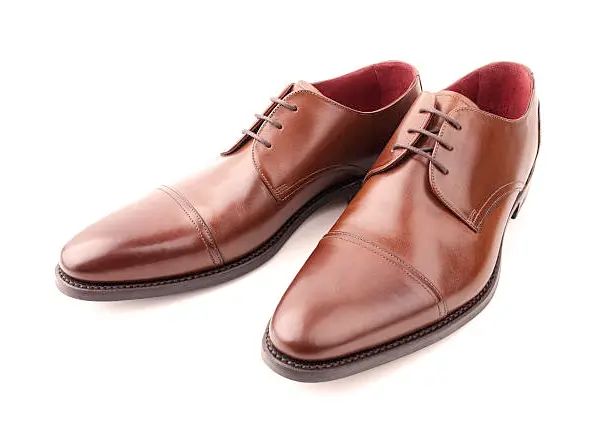
The Anatomy of Comfortable Shoes: Understanding the Key Features for All-Day Support
- Admin
Comfortable shoes are essential for maintaining foot health and overall well-being, especially for individuals who spend long hours on their feet. In this article, we explore the anatomy of comfortable shoes, breaking down the key features that provide all-day support and alleviate discomfort.
Cushioning and Shock Absorption:
One of the primary features of comfortable shoes is adequate cushioning throughout the midsole and insole. Cushioning helps absorb shock with each step, reducing the impact on the feet and joints and minimizing fatigue during prolonged periods of standing or walking. Materials such as EVA foam, gel inserts, or air cushions are commonly used to provide plush cushioning and enhanced comfort.
Arch Support and Stability:
Proper arch support is essential for maintaining the natural alignment of the foot and preventing overpronation or supination, which can lead to discomfort and injury. Comfortable shoes often feature built-in arch support or removable orthotic inserts that provide customized support tailored to the individual's foot shape and arch height. Additionally, shoes with a wider base and supportive heel counters help promote stability and prevent excessive rolling of the foot.
Breathable Materials and Moisture Management:
Comfortable shoes prioritize breathability and moisture management to keep the feet cool, dry, and comfortable throughout the day. Breathable mesh uppers, perforations, and moisture-wicking linings allow for airflow and ventilation, reducing the risk of sweat buildup and unpleasant odors. Additionally, antimicrobial treatments may be applied to the shoe materials to inhibit the growth of bacteria and fungi, promoting foot health and freshness.
Roomy Toe Box and Flexible Construction:
To accommodate natural toe splay and prevent crowding or pinching, comfortable shoes often feature a roomy toe box with ample space for the toes to move freely. This allows for a more comfortable fit and reduces the risk of developing bunions, corns, or other toe deformities. Flexible construction, particularly in the forefoot area, allows for natural foot movement and flexibility, enhancing comfort and reducing pressure points.
Lightweight Design and Durable Outsoles:
Comfortable shoes strike a balance between lightweight design and durable construction. Lightweight materials such as foam or lightweight rubber are used in the outsole to minimize weight without sacrificing traction or durability. Durable rubber outsoles with multidirectional treads provide reliable grip and traction on various surfaces, ensuring stability and safety with each step.
Conclusion:
In conclusion, the anatomy of comfortable shoes encompasses a combination of features designed to provide all-day support, alleviate discomfort, and promote foot health. By understanding the key components of comfortable footwear, individuals can make informed choices when selecting shoes that prioritize comfort and well-being, ultimately enhancing their quality of life and mobility.
